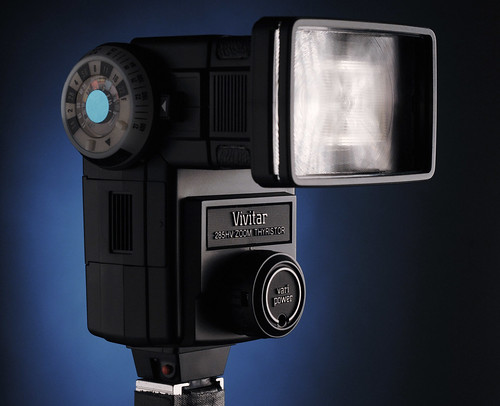Rob
Well-known member
I have just bought a Vivitar 285 flashgun that is playing up and i'm looking for help!
It's wierd cos it charges up fine, and the lights on the back work just fine. However when fired, either manually or by a slave unit, it just "ticks", no big flash, no recharging of the capacitor, just a little "tick". That's not the wierd part, if i turn it on a fire the gun before it is fully charged up (as in before the ok lights start flash at you), it fires fine! :-\ Me dont get it!
It's like it may have a voltage protector on it, to stop too much current going into the bulb, and that it's set wrong. But that's all i can think of. Any other ideas?
It's wierd cos it charges up fine, and the lights on the back work just fine. However when fired, either manually or by a slave unit, it just "ticks", no big flash, no recharging of the capacitor, just a little "tick". That's not the wierd part, if i turn it on a fire the gun before it is fully charged up (as in before the ok lights start flash at you), it fires fine! :-\ Me dont get it!
It's like it may have a voltage protector on it, to stop too much current going into the bulb, and that it's set wrong. But that's all i can think of. Any other ideas?




